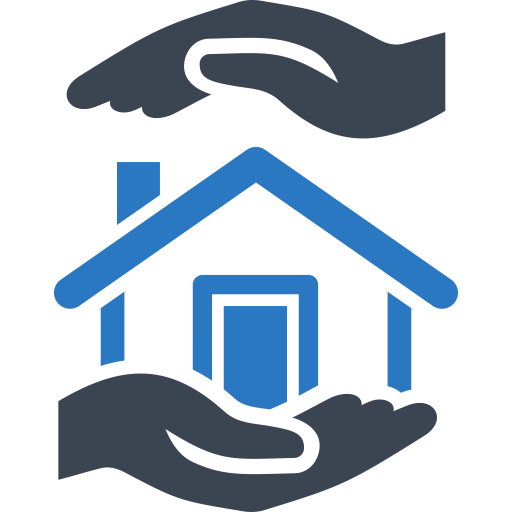
Which Disasters Are Covered by Homeowners Insurance?
Standard homeowners policies generally cover a wide range of potential disasters, from tornadoes and windstorms, to fire and lightning strikes, to winter storm damage caused by weight of ice and snow. Most homeowners policies cover all the disasters listed below. Some policies provide coverage only for the first 10 listed. It is important to check check your insurance policy for the specific perils covered.
WHAT TYPE OF DISASTERS ARE COVERED?
| ||||||||||||||||||||||||||||||||||||||||||||||||||||||||||||||||||||||||||||||||||||||||||||||||||||||||||||||||||||||||||||||||||||||||||||||||||||||||
* HO-1, HO-2 and HO-3 refer to standard Homeowners Policies.
+HO-1 has been discontinued in most states.
Disasters That Are Not Covered
1. Floods
Flood damage is excluded under standard homeowners and renters insurance policies. Flood coverage, however, is available in the form of a separate policy both from the National Flood Insurance Program – NFIP ( 888-379-9531) and from a few private insurers.
You can get replacement cost coverage for the structure of your home, but only actual cash value coverage is available for your possessions. There may also be limits on coverage for furniture and other possessions stored in your basement.
Flood insurance is available for renters as well as homeowners. You will need flood insurance if you live in a designated flood zone. But also consider buying it if your house could be flooded by melting snow, an overflowing creek or water running down a steep hill. Don’t wait until the evening news announces a flood season warning to buy a policy. There is a 30-day waiting period before federal flood coverage takes effect.
2. Earthquakes
Earthquake coverage can be a separate policy or an endorsement to your homeowners or renters policy. It available from most insurance companies. In California, it is also available from the California Earthquake Authority. In earthquake prone states like California, the policy comes with a high deductible.
3. Maintenance damage
It is your responsibility to take reasonable precautions to protect your home from damage. Your insurance policy will not cover damage due to lack of maintenance, mold, termite infestation and infestation from other pests.

